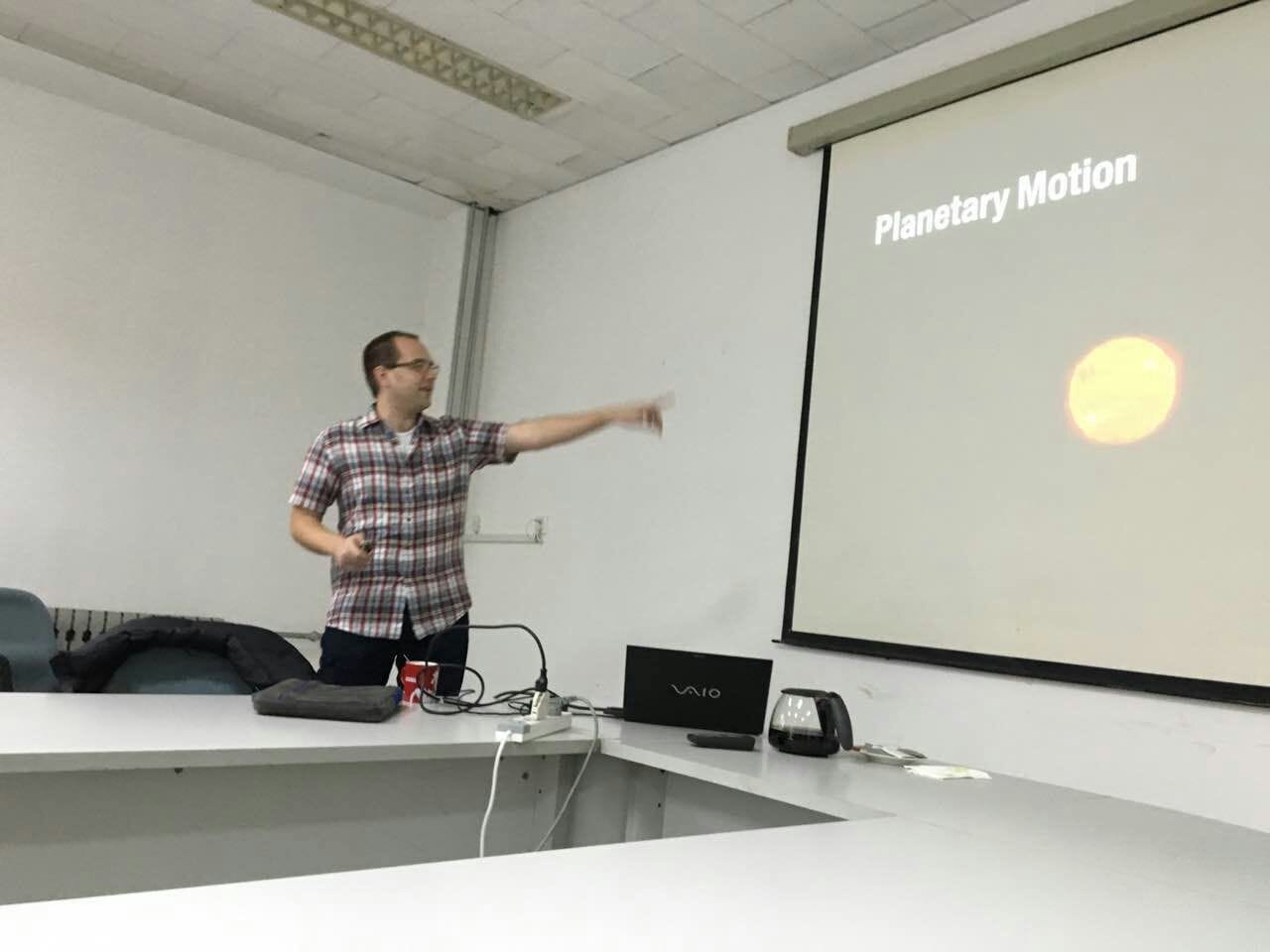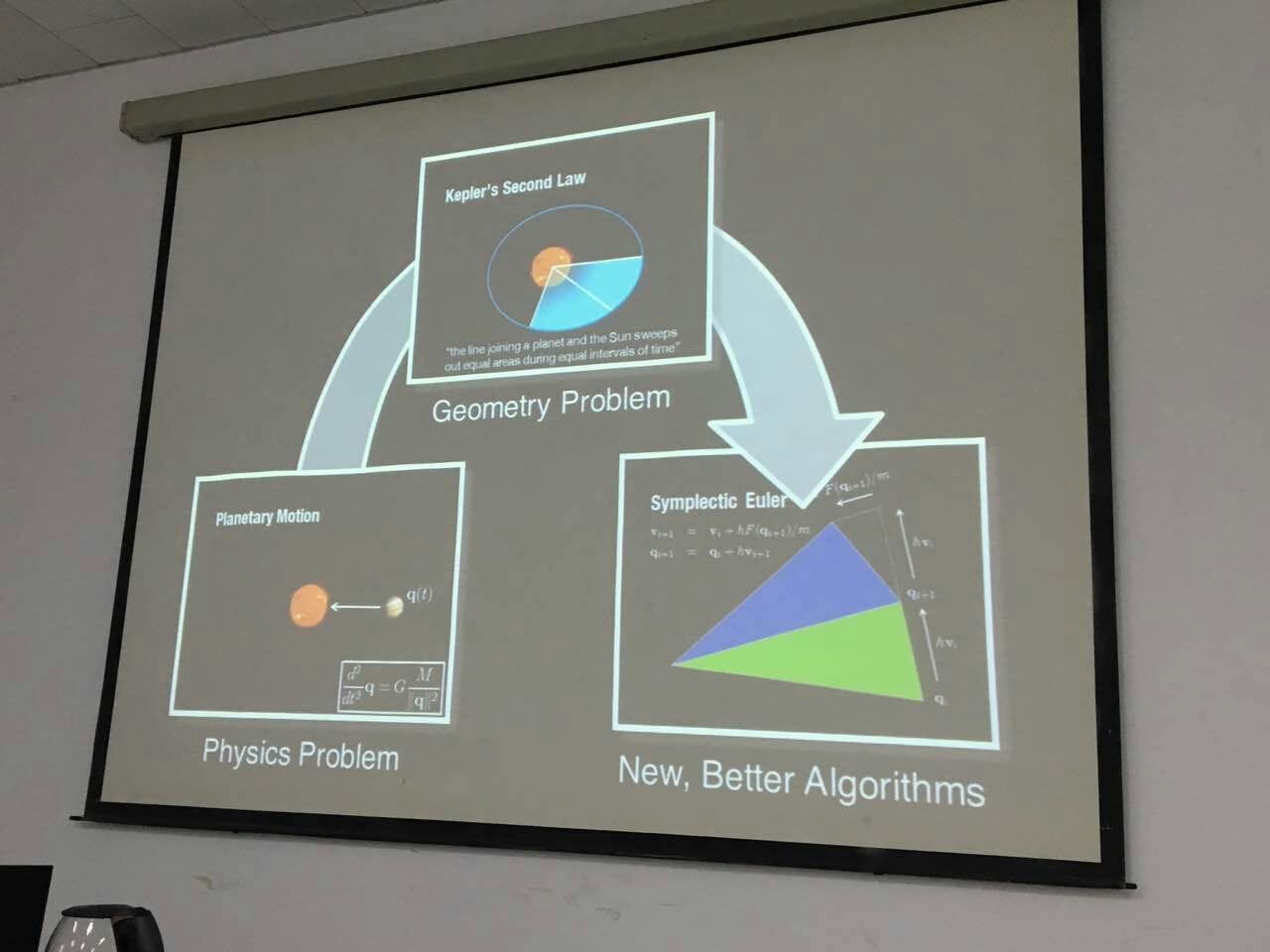Speaker: Prof. Etienne Vouga
Date and Time: 9:00 – 10:00 am, Wednesday, November 11, 2015.
Venue: Room 146 Research Building
Title: Physical Simulations
Homepage: http://www.cs.utexas.edu/users/evouga/index.html
Abstract:
Computer simulations of everyday deformable materials like cloth, hair, and paper have become increasingly sophisticated, with applications to scientific computing, video game and movie special effects, and engineering. Significant effort has been invested in coming up with algorithms to represent these materials efficiently, and simulate them realistically in reasonable time. My research combines computer graphics, computational physics, and discrete differential geometry to create new algorithms that are efficient but still have provable guarantees. I will discuss one area that has particularly interested me: simulating thin shells undergoing large nonlinear deformations, like paper cones or cylinders crumpling when crushed. What is the right geometric representation of such thin objects? How can the correct physical behavior be recovered without resorting to very finely tessellated, expensive finite element simulations?
Bio:
Etienne Vouga is an assistant professor in the
Computer Science Department and the
Institute for Computational Engineering and Sciences (ICES) at the University of Texas at Austin.
He was a PhD student at Columbia Computer Graphics Group and a postdoc at Harvard SEAS. He is particularly interested in
o
physical simulation, particularly of thin, elastic materials like cloth, hair, and paper, as they deform and collide;
o
geometry processing and design, using advances in our mathematical understanding of discrete geometry to better manipulate and design using coarse, discrete data;
and applying ideas from these areas to solving problems in computer graphics, computational mechanics, and scientific computing.
Industry applications of his research include special effects simulations in The Hobbit and Tangled, and Artec's Shapify 3D portrait service.






